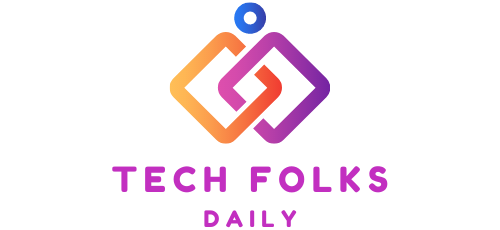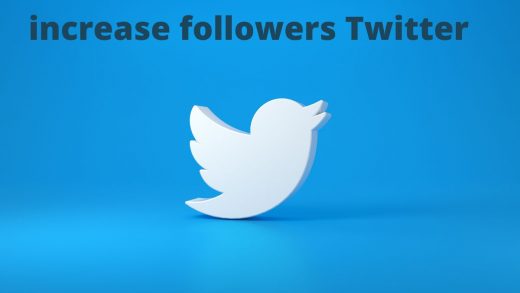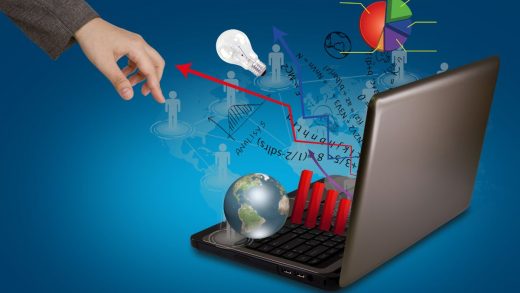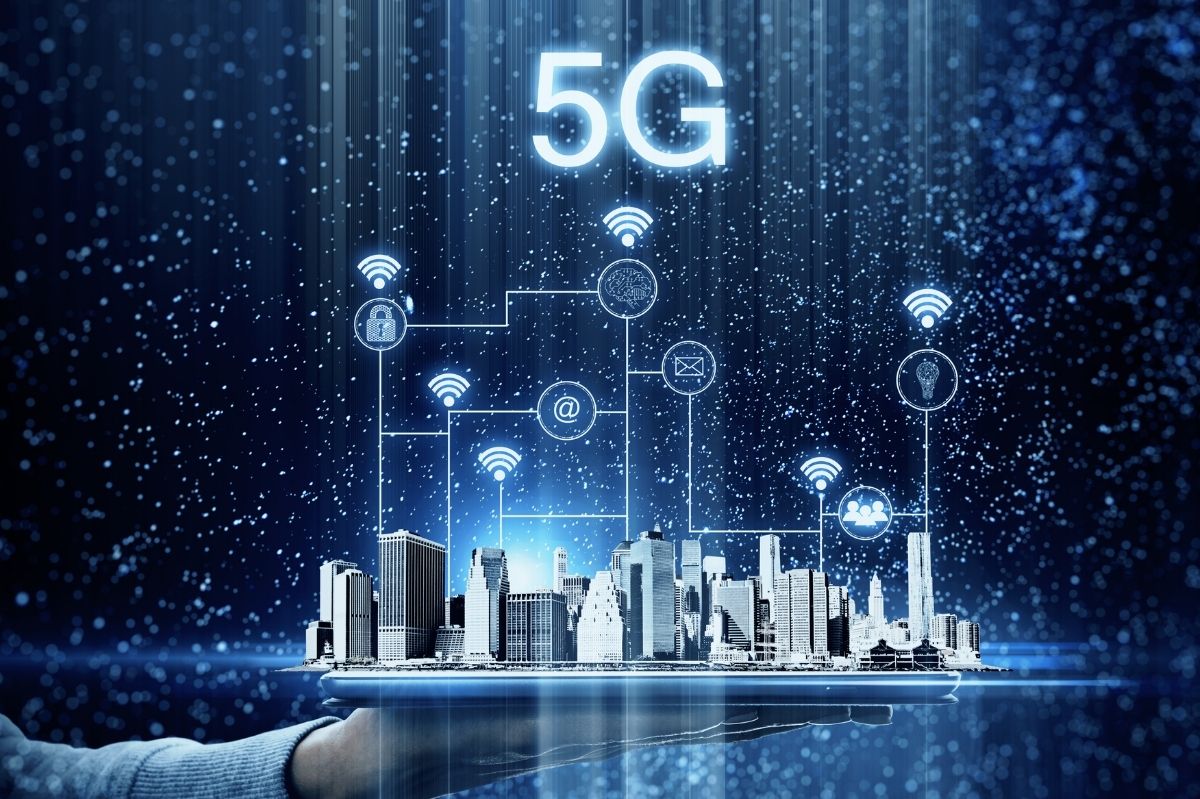In addition to the emergency, which forcibly and quickly pushed remote working mechanisms into the year 2023, there is today (and will grow in the future) the need to rethink the ways, times, and spaces for collaboration between professionals of the same organization.
In fact, according to the smart working Observatory, which has recently conducted important research on the future of work, in the coming months, the number of employees who will work at least partially remotely will well exceed 5 million.
To accompany this indisputable trend, it is estimated that large companies will adopt two paths: on the one hand, they will allow the increase in home working days, which will reach an average of three days per week for each worker, on the other they will redesign the cooperation environments both real and virtual ones.
Confirming this trend, a Statista report dedicated to remote and home working clearly highlights the types of solutions organizations have invested in to support their workforce this year: cloud-enabling technologies, digital collaboration for productivity, and remote monitoring.
The watchword will be ” dynamism “because, in fact, not only the success of the actions but even the sustainability of the work itself will be proportional to the ability of each operator to act as a member of a flexible team capable of reorganizing itself quickly, of vigorously facing the new challenges of the markets and contingent needs.
Concretely, to increase their business and encourage recovery, the many SMEs and the many companies in the Italian context will first have to fill any organizational, technological, and infrastructure-related gaps and, subsequently, concentrate their efforts on the affirmation of more agile and hybrid.
The future of work and communication
Suppose the new organizational scenarios evolve in the direction of real-time collaboration and interaction. In that case, it means that the era of smart working is also subverting the paradigms of corporate communication tout-court, which can no longer be confined to the exchange of e-mails, receiving a few phone calls, and sharing a few face-to-face meetings, but which must be entirely rethought starting from digital resources.
In fact, the ability to find and correctly use technological tools for communication will be one of the most decisive success factors. For companies, this will mean being able to provide integrated and high-performance means to the entire workforce: the one who collaborates from the offices, the one who accesses the workplace remotely, and, last but not least, the one who, in a hybrid way, moves from one destination to another. ‘other. In particular, the qualitatively differentiating objective will be the achievement of ” technological parity, “i.e., the possibility of accessing the communication tools necessary for one’s work in a safe and secure way, wherever one is, at any time and regardless of the device used.
From this point of view, telephone calls to and from customers will be managed less and less in a resident manner; on the contrary, switchboards will be increasingly mobile. Thus, the era in which communication was made with the telephone extension will end, and a new era will begin in which the recipients of calls will be people, wherever they work. From this point of view, the various companies in which the telephone system was promptly migrated to workstations in the cloud, capable of directing calls to the home workstations of employees, are already setting the pace.
Starting from the renewed business needs and to provide high-performance technological solutions capable of accommodating the current market opportunities, the largest companies in the IT field then developed Unified Communication platforms and collaboration, which integrate, in a single suite, chat rooms for meetings and project management, as well as actual telephone switchboards to receive calls on each of the connected electronic devices (landlines, mobiles, computers, and tablets) to the platform itself.
The future of work and new leaders
The leaders of the future are called to know and correctly use these new technology offers to bring value and skills to their companies by encouraging the search for current ideas and workable solutions.
Embracing new organizational models, and supporting a workforce capable of operating remotely, brings with it a series of advantages for employers, from the point of view of productivity and efficiency, the engagement of their collaborators, their retention, and the ability to attract talent.
The ability to innovate will undoubtedly be rewarding economically through the more effective and efficient allocation of resources, but also with respect to financial performance, which benefits from shareholder confidence in investments in new digital tools.
To seize the opportunity, not only the workforce but also the managerial leadership will have to rethink itself in an agile and smart key, generating, in fact, involvement and interest in learning new technologies and making their applications their own. All managers, then, and not just collaborators, will have to be able to fit perfectly into the new scenario driven by digitization, through the affirmation of new models of collaboration, based on accountability and delegation mechanisms and supported by new communication processes.
For example, the data relating to Internal Communication Resources provided, in the USA, to employees already during the pandemic go in this direction.
From this point of view, only a new organizational capacity will, first of all, be able to remain steadfast with respect to the fickleness of the markets and, secondly, be able to develop products and services characterized by innovation and, for this reason, considered valuable, avant-garde and competitive.
The future of work calls on top managers to become promoters of change in relationships and in the background culture and to be optimistic in facing the paradigm shift with enthusiasm and confidence, in which technology, communication, and relationships will be key elements and bearers of results and successes. This is a challenge that is absolutely worth accepting!
Also Read : Security And Speed: What Your Backup Storage Needs




